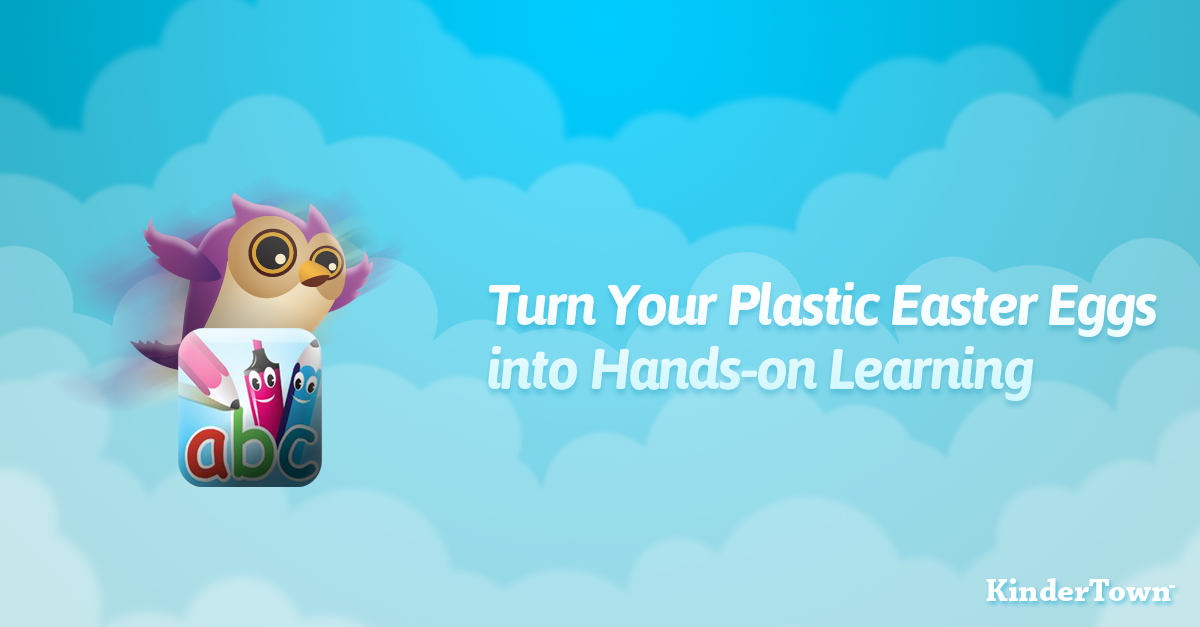Easter baskets, Easter candy, and a few new spring trinkets entertain my children this week. Easter grass and plastic Easter eggs are scattered over my house as the kids enjoy the aftermath of a busy weekend with family and friends, and several Easter egg hunts over the past few weeks. But, before you throw the plastic Easter eggs away, turn them into a learning activity. If your kids are like my kids, then they seem to never grow tired of the hiding and finding of the eggs.
Upper Case and Lower Case Matching

My daughter attends a local preschool and has begun to identify many letters. At her recent parent conference, her teacher shared her progress and suggested we work on matching all of the upper case and lowercase letters. To create the game, I write with sharpie upper and lowercase letters on either side of the Easter egg. Then hide them around the house. I’ll be sure to include a few I know she knows for review and building confidence as well as a few she isn’t sure of yet. The easiest upper case and lower case letters to match are those that look visually similar such as Uu, Ww and Cc. Letters that are not as visually similar are more difficult to learn and recognize as the upper and lower case version, such as Ff, Gg or Nn.
This game will be perfect for her, and I’ll follow it up with a writing activity, and time on her favorite phonics app, abcPocketPhonics. I’ll space the activities out and repeat them over the next week or two. This is a great learning combination for anyone still learning the upper- and lowercase letters. I’m tapping into multiple senses and experiences to solidify her learning.

PocketPhonics brings three important language skills together into one app. In PocketPhonics (Basic Edition), children learn to recognize letters, hear letter sounds, form letters by tracing, and use the letter sounds to build words. Encourage your child to repeat the sounds made by each letter. Parents are able to create multiple users, have control over the font, letter types, what letters their child can work on, and how flawless the writing needs to be. PocketPhonics tracks each user’s answer and will not advance a user unless they first demonstrate mastery of the basics. KinderTown recommends the use of a stylus to help in the transfer of letter formation from the iPad screen to handwriting on paper. There is a Lite version to try to see if this app is a good fit for your child.

